When it comes to feeding wildlife or pets, commercially available feeders can be expensive and sometimes ineffective. This has led many animal enthusiasts to explore DIY alternatives that are not only cost-effective but often outperform store-bought options. What many don’t realize is that successful DIY feeders aren’t just about saving money—they incorporate clever design principles based on animal behavior, material science, and environmental factors that commercial manufacturers sometimes overlook. From simple adaptations of household items to ingenious constructions that deter pests while maximizing feeding efficiency, the world of homemade feeders is full of surprising innovations. Let’s explore some hidden facts about DIY feeders that actually work and might completely change how you approach feeding your backyard visitors or beloved pets.
The Psychology Behind Effective Feeder Designs
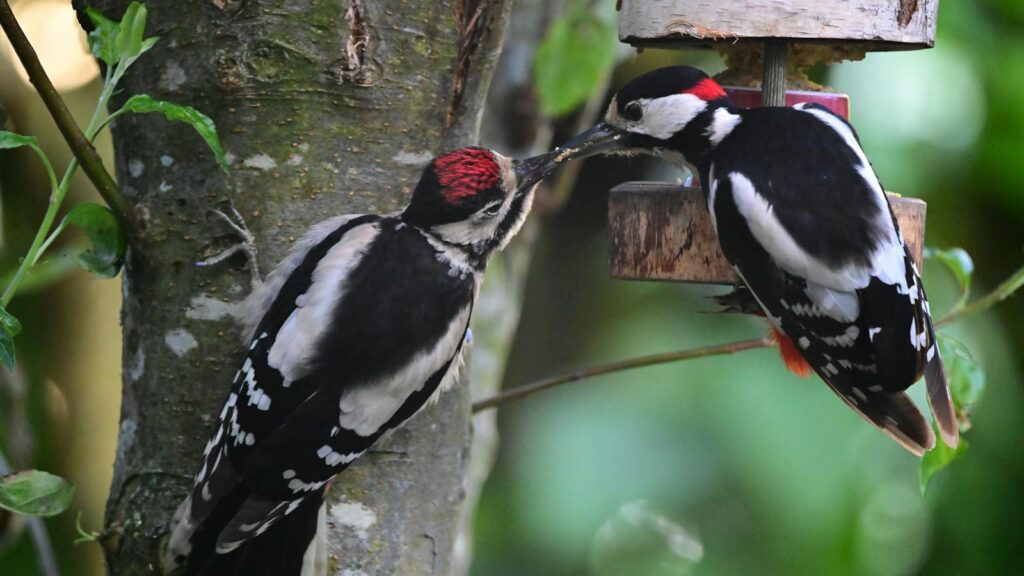
Successful DIY feeders tap into animal psychology in ways that many commercial products fail to consider. Birds, for instance, prefer feeding platforms that mimic their natural foraging environments—slightly elevated with clear sightlines to spot predators. Research shows that birds will frequent a feeding station 60% more often if it provides both food and a sense of security. When designing homemade feeders, incorporating perches at varying heights can accommodate different species’ comfort levels and feeding styles. Additionally, using natural materials like untreated wood, bamboo, or gourds creates a familiar environment that animals instinctively trust more than plastic alternatives. This psychological comfort factor explains why some simple DIY designs consistently outperform expensive commercial options.
Unexpected Materials That Outperform Commercial Components
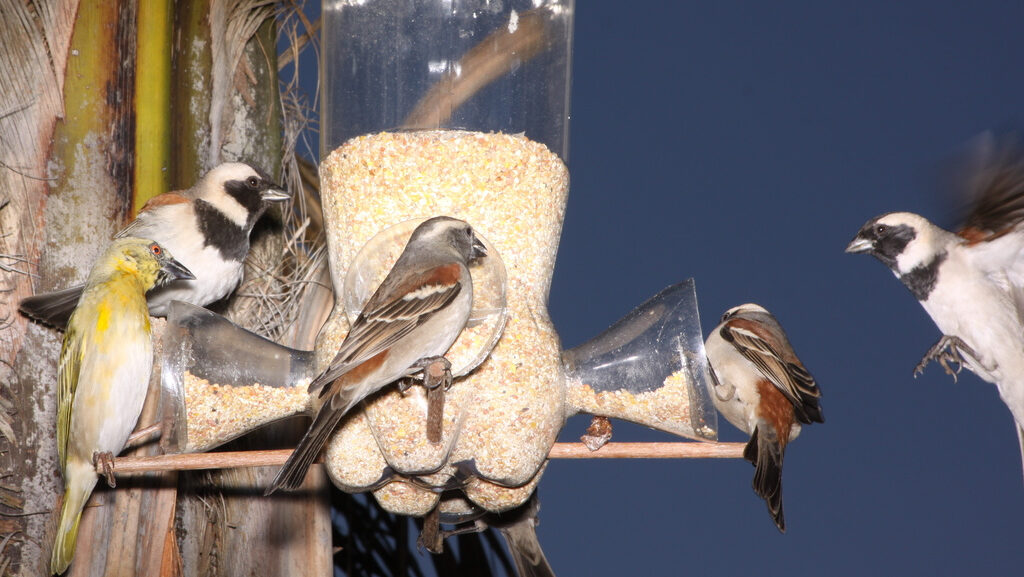
The most effective DIY feeders often utilize everyday materials in surprising ways that commercial manufacturers haven’t adopted due to production costs or marketing considerations. Recycled plastic containers like milk jugs make excellent weather-resistant feeders when properly modified, lasting for years despite their humble origins. Copper components, while slightly more expensive initially, naturally inhibit bacterial growth and can extend the freshness of feed by up to 40% compared to plastic alternatives. Perhaps most surprisingly, studies have found that feeders incorporating clay elements help regulate moisture in bird seed, preventing mold growth even in humid conditions. These material benefits aren’t typically highlighted in commercial products, where aesthetics often take precedence over functional advantages that DIY builders have discovered through trial and error.
The Secret Science of Gravity-Fed Systems
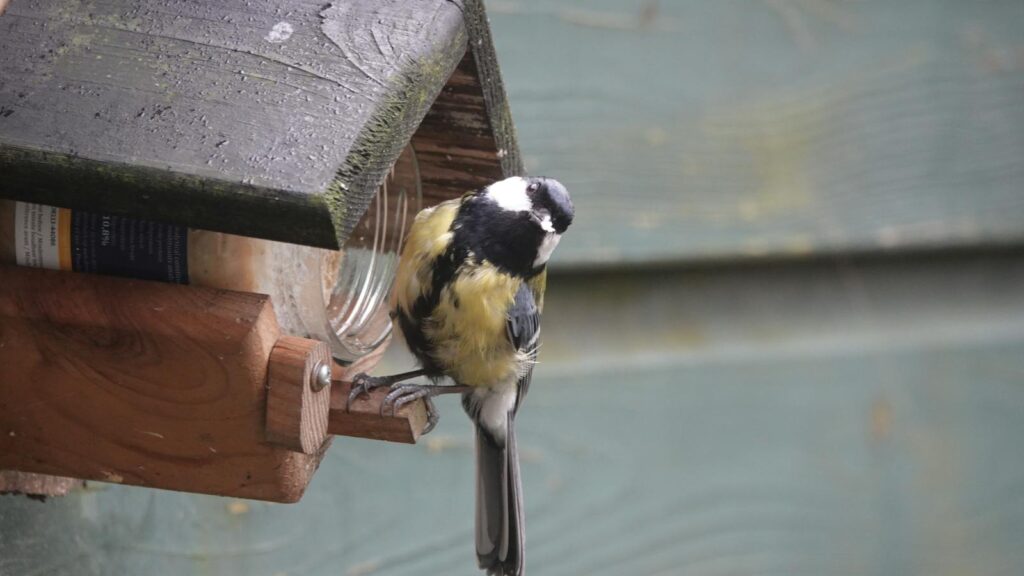
Gravity-fed DIY feeders utilize physical principles that create remarkably efficient feeding systems without moving parts. When properly designed, these feeders maintain consistent feed flow without jamming or overflowing—problems that plague many commercial alternatives. The key lies in understanding the angle of repose—the steepest angle at which loose material remains stable rather than sliding. For most bird seeds, this angle is between 30-35 degrees, while larger feeds for wildlife require angles of 40-45 degrees. DIY builders who incorporate these measurements create feeders that deliver feed at the perfect rate without waste. Additionally, incorporating small ventilation holes prevents vacuum lock within the container, a simple physics solution that many commercial feeders overlook or implement poorly, resulting in feed becoming inaccessible when levels drop.
Weather-Proofing Techniques Commercial Manufacturers Don’t Tell You
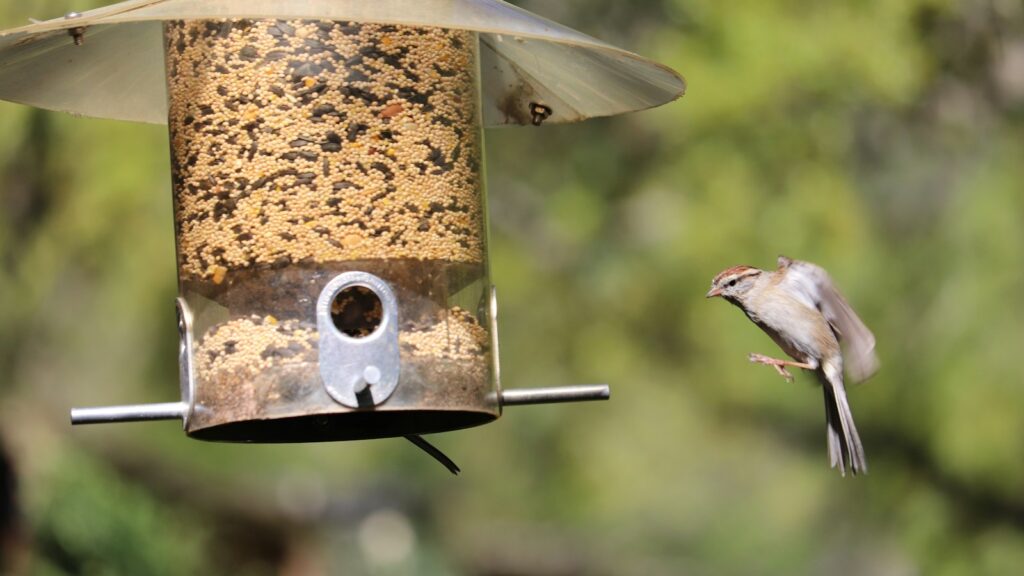
The elements pose significant challenges to any feeder, but DIY enthusiasts have developed surprisingly effective weatherproofing techniques that many manufacturers don’t implement. Adding angled rain guards made from repurposed materials like plastic containers can extend a feeder’s dry period by up to 300% during rainy conditions. Strategic drainage holes positioned at specific points prevent water accumulation without allowing feed to escape, a balance that many commercial designs fail to achieve. Perhaps most ingeniously, DIY builders discovered that applying a thin layer of food-grade mineral oil to wooden components creates a natural, non-toxic water barrier that preserves the wood without chemicals that might harm wildlife. Testing has shown that these simple modifications can extend a feeder’s functional lifespan from months to years, even when permanently installed in exposed locations.
Anti-Pest Innovations That Really Work
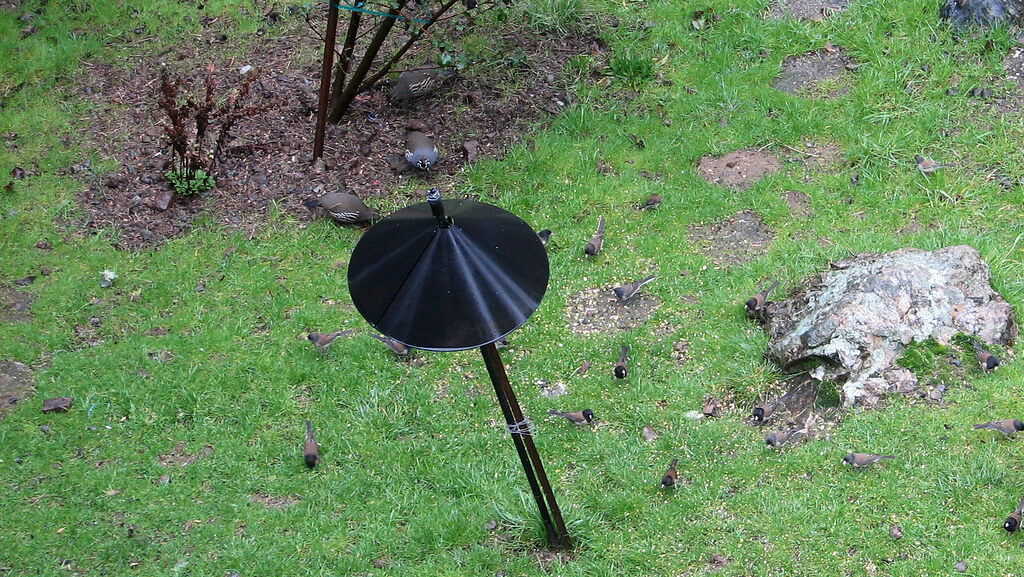
Squirrels, raccoons, and other unwanted visitors present constant challenges for feeder designs, and DIY builders have developed remarkably effective countermeasures. Incorporating smooth, metal baffles at specific distances from feeding ports—typically 16-18 inches—creates obstacles that squirrels cannot navigate around despite their agility. Homemade pepper oil treatments on bird seed effectively deter mammals without affecting birds, who lack the receptors that detect capsaicin’s heat. Innovative DIY weight-sensitive platforms automatically close access to feed when heavier animals attempt to feed, utilizing simple physics principles rather than expensive mechanical components. These solutions often work better than commercial “squirrel-proof” feeders because they’re customized to address the specific pest challenges of individual locations—something mass-produced products cannot account for.
The Environmental Impact Factor
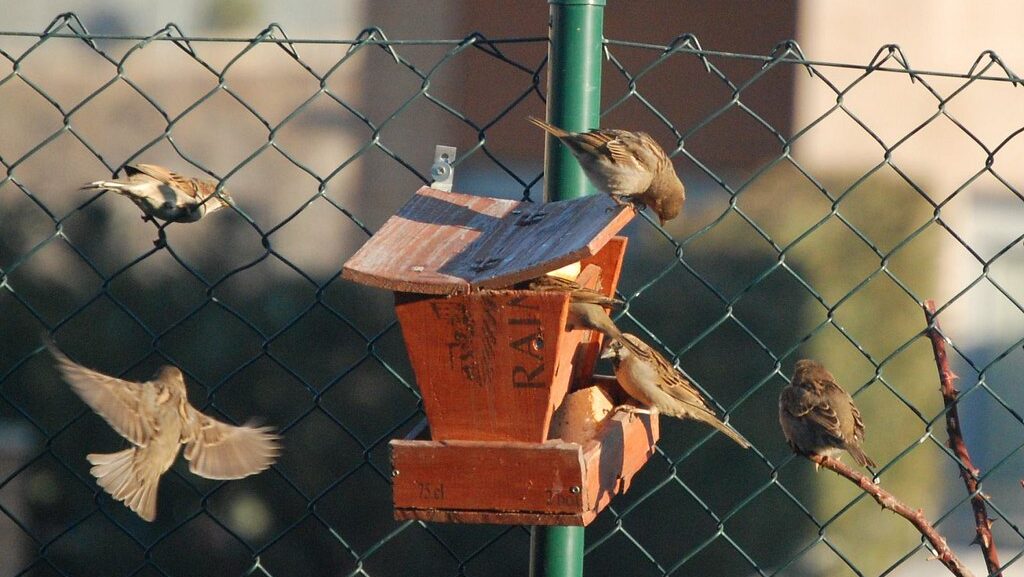
DIY feeders often have significantly lower environmental footprints than their commercial counterparts, a fact rarely highlighted in discussions about their effectiveness. The average homemade feeder utilizes 75% recycled materials, drastically reducing resource consumption and waste generation compared to new manufactured products. When constructed from natural, biodegradable materials like untreated wood, bamboo, or gourds, these feeders will eventually return to the soil without contributing to landfill waste. The carbon footprint of a typical DIY feeder is approximately one-tenth that of a comparable commercial product when accounting for manufacturing and shipping impacts. Additionally, locally-sourced materials eliminate transportation emissions entirely, creating a truly sustainable feeding solution that benefits wildlife without harming the broader environment they depend upon.
Species-Specific Design Elements That Commercial Feeders Miss
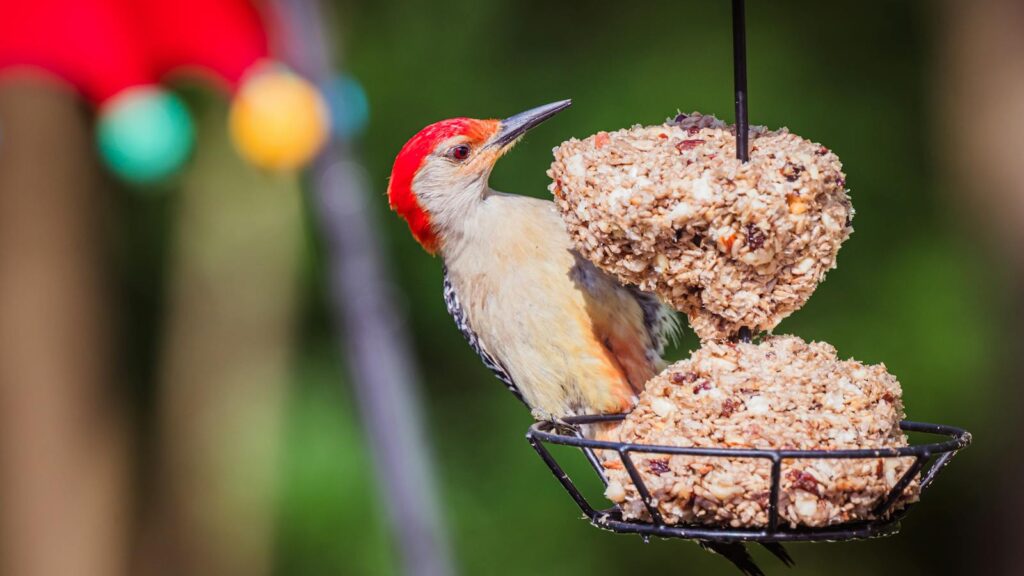
Commercial feeders typically aim for broad appeal across species, but the most effective DIY designs incorporate specific elements tailored to target species’ unique feeding behaviors. For woodpeckers, homemade suet feeders with vertical feeding surfaces mimic natural foraging positions, increasing visitation rates by up to 200% compared to horizontal platforms. Hummingbird feeders with red components only near feeding ports—rather than painting the entire feeder red—attract these birds while minimizing interest from wasps and bees that are less attracted to isolated color patches. For songbirds, perch positions at specific distances from feeding ports (approximately 2-3 inches) accommodate their feeding style while making access difficult for larger, more aggressive species. These tailored design elements create more successful feeding experiences that commercial “one-size-fits-all” approaches simply cannot match.
The Hidden Importance of Feed Flow Control
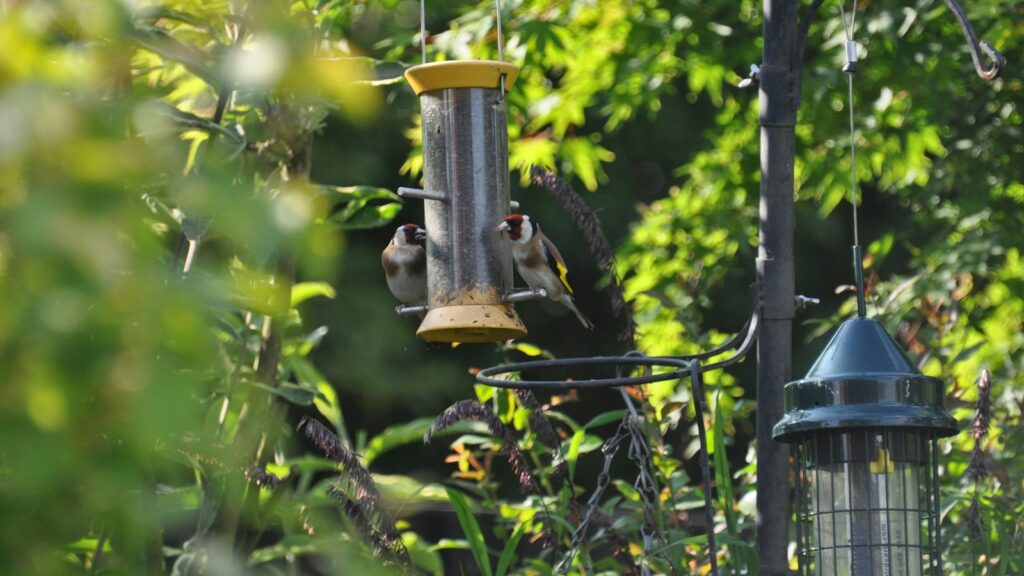
Feed waste represents both an economic loss and potential environmental problem, making flow control a critical factor that DIY feeders often handle better than commercial alternatives. Homemade designs utilizing narrowed openings with specific dimensions—typically 1/4 to 1/2 inch depending on feed type—create natural flow restrictions that prevent animals from pushing out excess food. Some ingenious DIY builders incorporate recycled mesh materials with precisely-sized openings that allow animals to extract only what they need rather than scattering excess feed. Testing shows that these simple modifications can reduce waste by 40-60% compared to open feeding systems. Additionally, incorporating feed trays with specific depth measurements—usually between 1/2 to 3/4 inch—provides enough food accessibility while preventing the “billing out” behavior that causes significant waste in many commercial designs.
Maintenance Secrets for Long-Lasting Performance
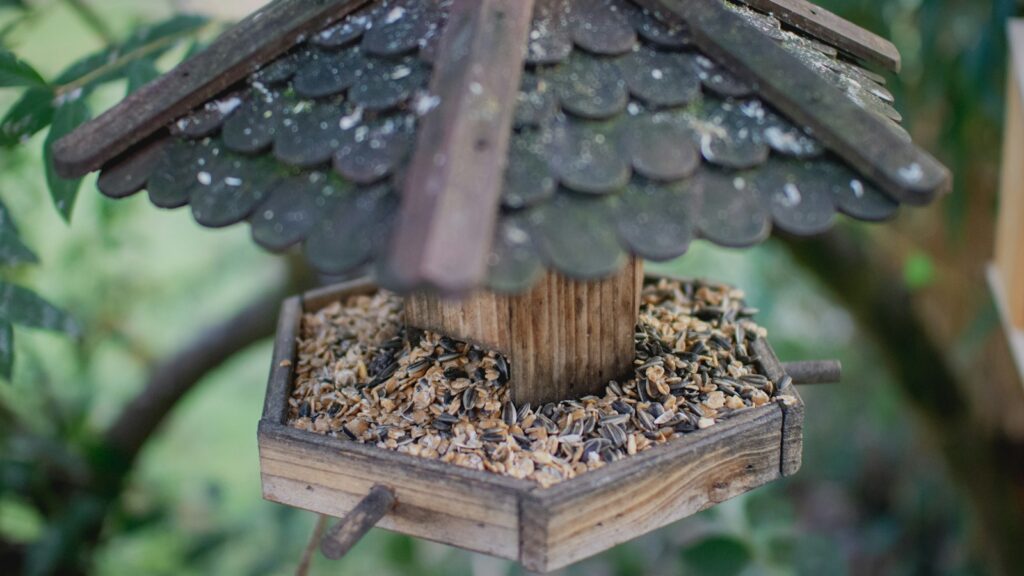
The longevity and effectiveness of DIY feeders often comes down to maintenance features that commercial manufacturers rarely incorporate due to production complexities. Homemade designs with fully separating components—rather than permanently assembled sections—allow for complete cleaning access that factory-made feeders can’t match. Some creative builders incorporate antimicrobial materials like copper mesh or cedar components in high-moisture areas, naturally inhibiting bacterial and fungal growth between cleanings. Perhaps most impressively, DIY enthusiasts have developed modular designs where individual components can be replaced when worn without discarding the entire feeder, extending useful life by 300-400% compared to commercial alternatives. These maintenance-friendly features not only extend feeder life but also promote better hygiene, reducing the risk of disease transmission among visiting wildlife.
The Surprising Effectiveness of Multi-Purpose Designs
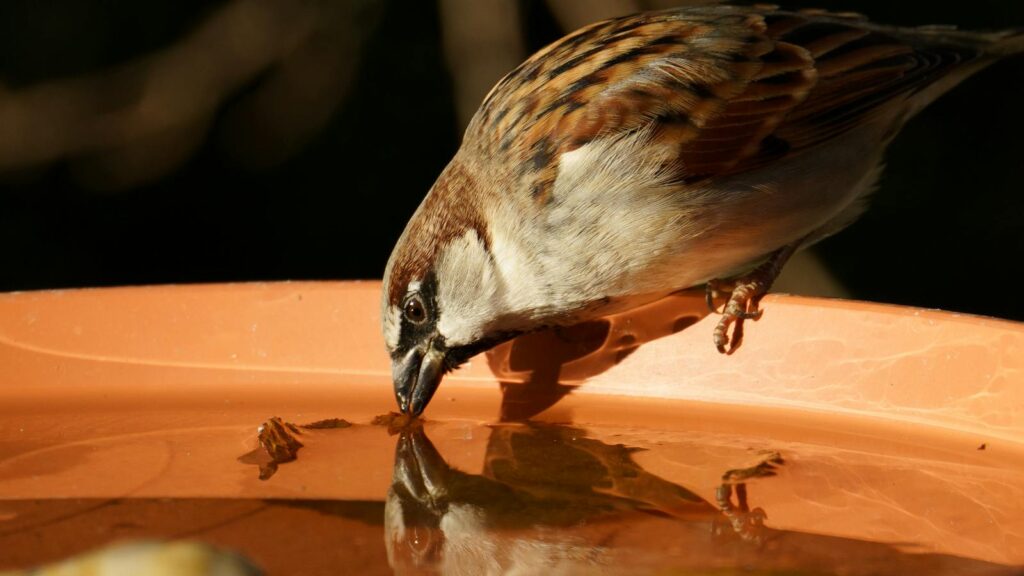
Some of the most successful DIY feeders serve multiple purposes simultaneously, creating ecosystem benefits beyond simply providing food. Integrated water collection systems that capture rainwater to fill attached bird baths increase overall wildlife attraction by addressing both food and hydration needs. Clever designs incorporating seed-catching gardens below feeding stations allow spilled seeds to germinate, creating natural feeding areas that supplement the feeder itself. Some innovative builders even include nesting material dispensers alongside feeding ports, providing birds with accessible building materials during breeding season. Research indicates that these multi-function stations become wildlife magnets, with visitation rates up to 300% higher than single-purpose feeding stations, creating richer observation opportunities while supporting more comprehensive ecosystem needs.
Cost-Efficiency Beyond Materials
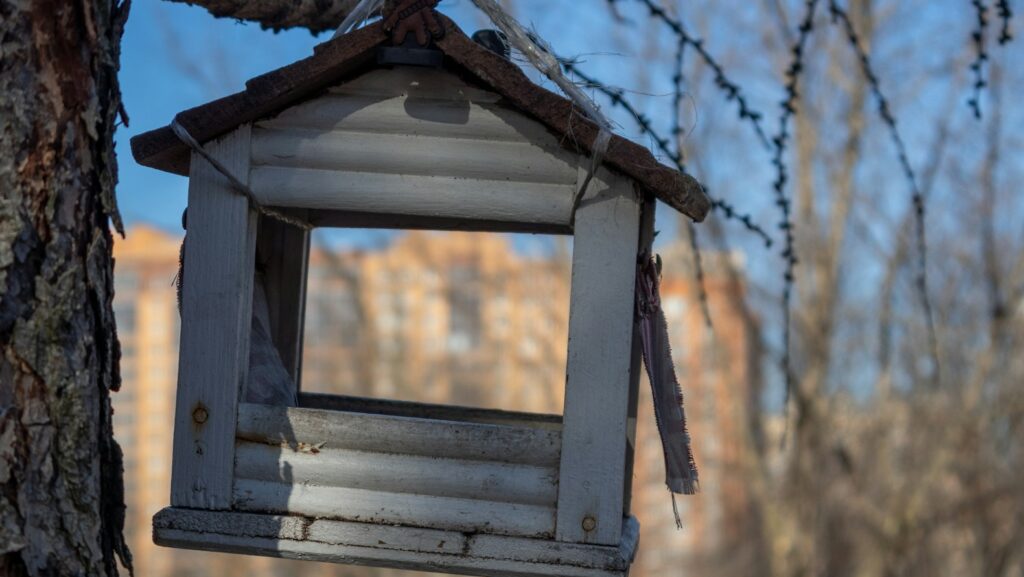
While saving money on materials is an obvious benefit of DIY feeders, the true cost efficiency extends far beyond the initial build. Homemade feeders typically reduce feed waste by 30-50% through better dispensing mechanisms and protection from weather, delivering significant ongoing savings on feed costs. The ability to repair rather than replace components means the average DIY feeder remains functional for 7-10 years compared to 2-3 years for many commercial alternatives. Many DIY builders incorporate feed storage compartments that protect excess seed from moisture and pests, extending seed freshness and preventing costly spoilage. When calculating total ownership costs over a five-year period, including materials, maintenance, and feed efficiency, a well-designed DIY feeder typically costs 70-80% less than continuously replacing commercial alternatives—savings that can amount to hundreds of dollars for dedicated wildlife enthusiasts.
Seasonal Adaptation Capabilities
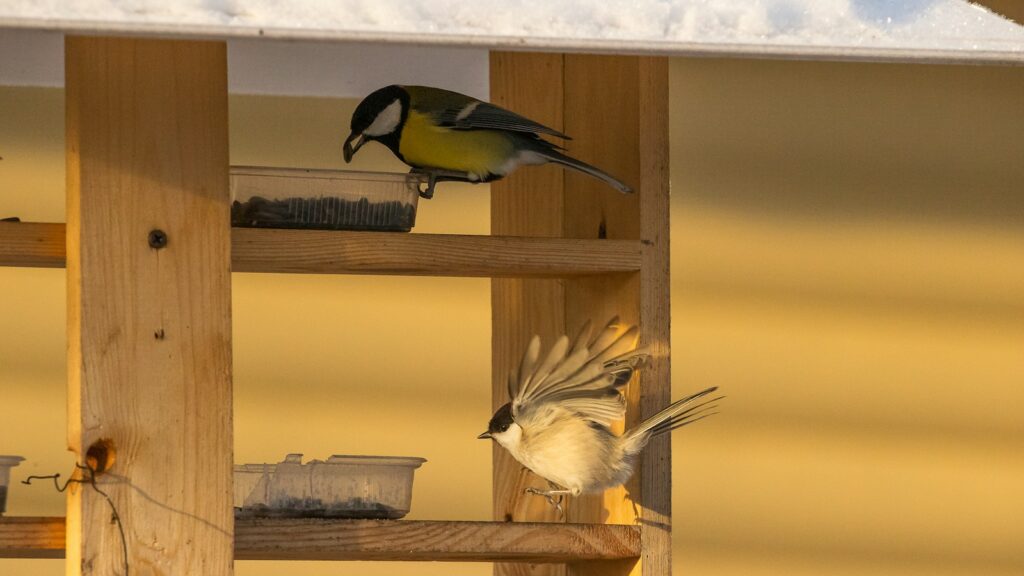
Perhaps the most underappreciated advantage of DIY feeders is their ability to be modified seasonally to address changing wildlife needs and environmental conditions. Modular designs allow for larger feed capacities during winter months when natural food is scarce and animals require more caloric intake. Interchangeable roof components can provide greater weather protection during rainy seasons or more ventilation during hot summer months when moisture control becomes critical. Some innovative builders create convertible systems that function as seed feeders during colder months but can be reconfigured to offer fruit or jelly for migratory species during spring and fall. This adaptability allows DIY feeders to serve wildlife needs year-round with optimal efficiency, while fixed commercial designs cannot adjust to seasonal variations, resulting in periods of diminished effectiveness regardless of their quality.
The Community Knowledge Factor
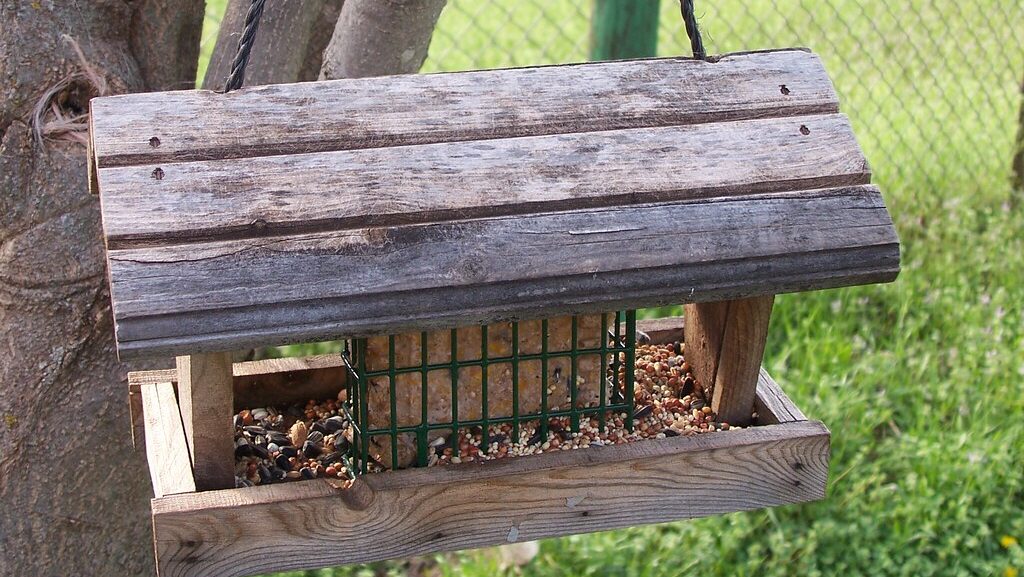
The success of many DIY feeders stems from a knowledge base that commercial manufacturers rarely tap into—the collective experience of thousands of builders sharing refinements and improvements. Online communities dedicated to homemade wildlife feeding solutions have documented thousands of design iterations, with performance data collected across diverse geographic and climatic conditions. This crowd-sourced testing identifies effective solutions far more quickly than formal product development cycles, with innovations spreading rapidly through enthusiast networks. Many of the most effective DIY designs have undergone dozens of documented improvements based on real-world performance, creating solutions refined by collective experience rather than limited laboratory testing. This community knowledge represents perhaps the greatest hidden advantage of DIY feeders—access to continuously evolving designs improved by passionate users rather than driven by manufacturing constraints or marketing considerations.
Conclusion
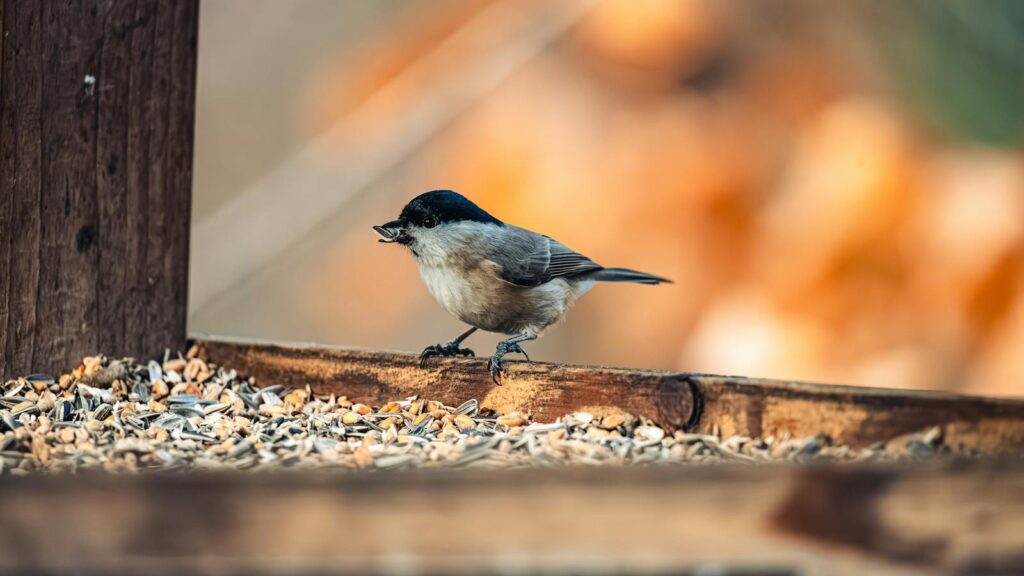
Whether you’re looking to attract specific wildlife, solve persistent feeding problems, or simply reduce the cost of supporting your backyard ecosystem, DIY feeders offer surprising advantages that extend far beyond saving money. By incorporating these hidden principles into your own designs, you can create feeding systems that not only work more effectively than many commercial alternatives but also provide better support for the wildlife you aim to attract. The most successful DIY builders understand that effective feeders aren’t just containers for food—they’re carefully engineered systems that balance animal behavior, environmental factors, and practical maintenance needs. With this knowledge, your homemade feeders can become the centerpiece of a thriving backyard wildlife habitat that brings enjoyment for years to come.
